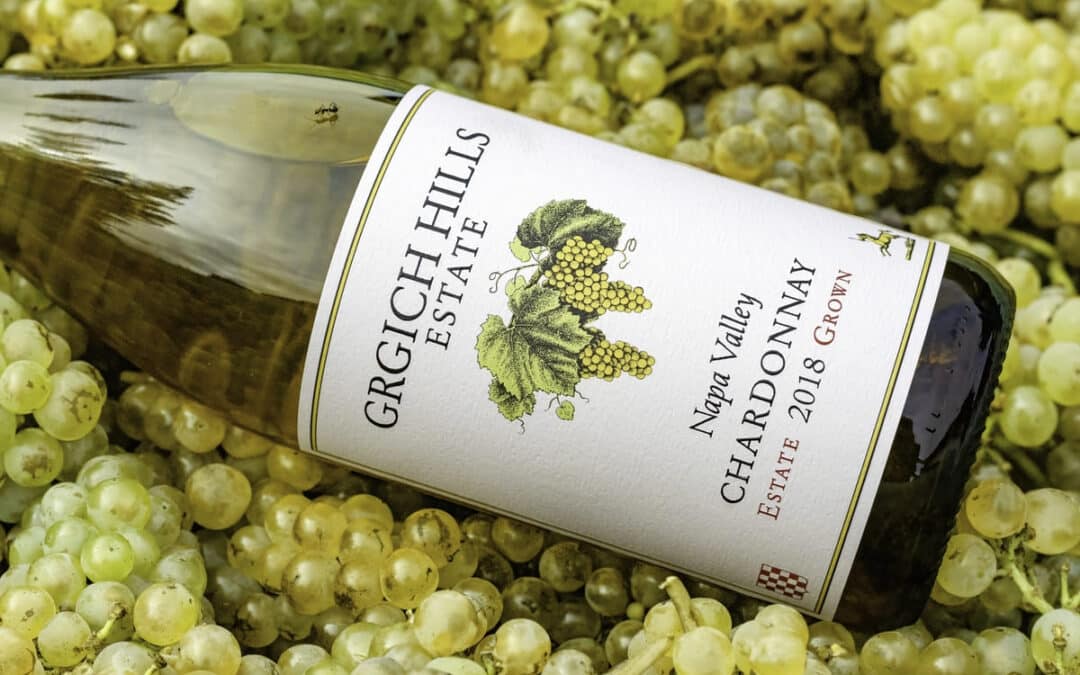Chardonnay: Everything You Need to Know About America’s Favorite White Wine
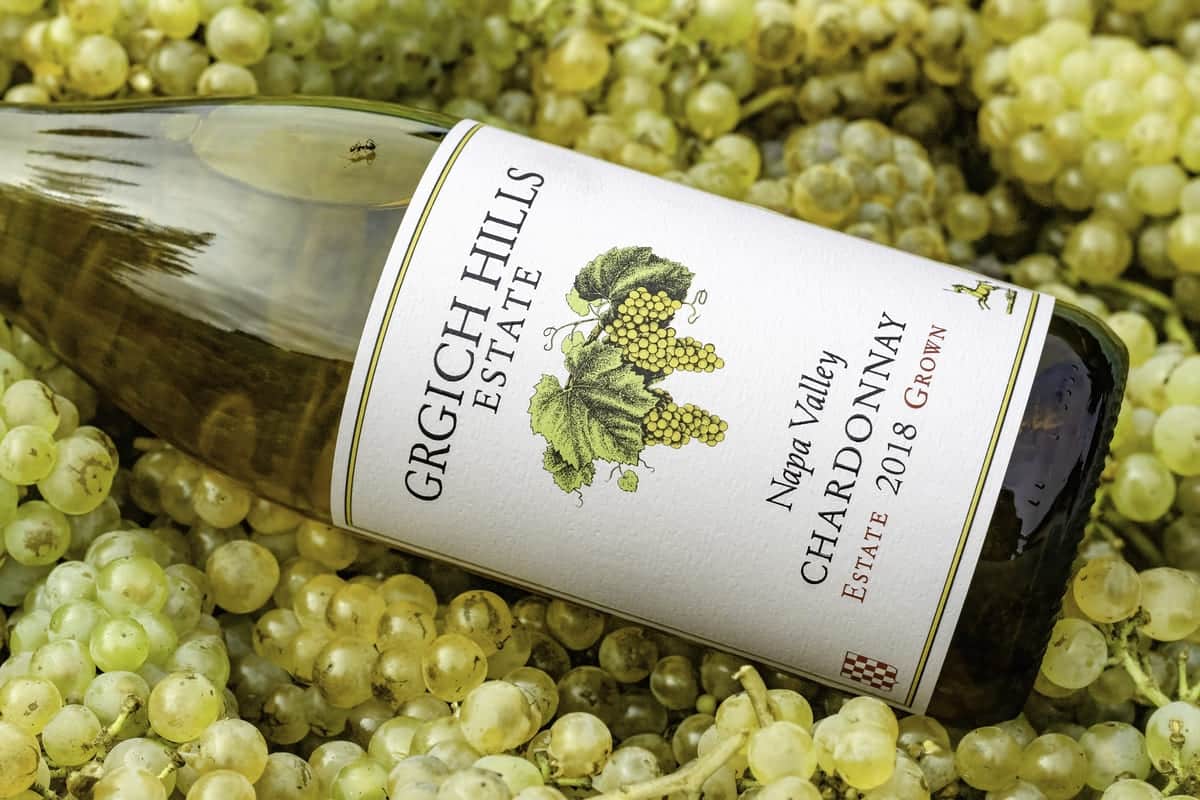
When you think of a white wine, chances are that the first varietal that comes to mind is Chardonnay, and for good reason – it’s the most popular white wine in the world. In the Napa Valley, it is the second most common vineyard planting after Cabernet Sauvignon, and the go-to for most visitors looking for a white wine.
At Grgich Hills Estate, we often hear, “I don’t normally like Chardonnay, but I LOVE yours!” We’ve enjoyed an incredible history with Chardonnay spanning over 45 years, so we like to think we’re something of Chardonnay experts. We want to answer some of the most common questions, clear up misconceptions, and share some of the reasons Chardonnay reigns supreme as the king of white wine.

Where do you grow Chardonnay?
Chardonnay originates in the Burgundy region of France, which is characterized by its temperate climate, rarely getting extremely hot or cold at any time of year. These moderate conditions without much dramatic fluctuation in temperature are the conditions Chardonnay thrives in.
Napa Valley has a similar climate to Burgundy, though certain areas can get much hotter in the summer. Grgich Hills owns five vineyards that are spread throughout Napa, and Chardonnay is only grown in our two southernmost vineyards: Carneros and American Canyon. The temperatures there can be 10-15 degrees cooler than our other vineyards, which is much appreciated by our Chardonnay vines.
Does Chardonnay age well?
The answer to this question is heavily dependent on the style and quality of the Chardonnay in question. Grgich Hills Chardonnays, for example, are made to last – especially our Paris Tasting Commemorative Chardonnay. The inaugural vintage of that wine, 2010, is still drinking wonderfully more than a decade after its release!
Many Chardonnays, especially those created in California, are not crafted with aging in mind and are intended for consumption within the first couple years of their release. This is because tannins are a very important part of the aging process.
Tannins would usually be incorporated into a wine that is fermented in contact with the grape skins. Because it is normally just the juice of white grapes that is fermented to create white wines, they lack this tannic structure that lends itself to aging. There is a way to add tannins to a white wine without skin contact, though, and it’s also responsible for a widely known flavor profile in Chardonnay – oak. When you age a Chardonnay in oak, especially new, unused barrels, you impart not only an oaky flavor but also some tannins that allow oaked Chardonnays to be aged far longer than many white wines.
In short, it all comes down to style. How an individual Chardonnay was made has a big impact on its ability to age. The next time you buy a bottle of Grgich Hills Chardonnay, consider letting it sit and develop some new and exciting flavors before popping the cork!
Is all Chardonnay buttery?
While Chardonnay has made a reputation for itself as something of a ‘butter bomb’ in recent years, that does not mean every bottle of Chardonnay will fall into that category. The flavor that most people perceive as ‘buttery’ actually comes from a process called malolactic fermentation.
Bacteria in wine, usually added by winemakers, converts the naturally occurring malic acid into lactic acid – this is malolactic fermentation. Malic acid has a much fresher, fruit-forward flavor than the buttery lactic acid, so Chardonnays that don’t rely on malolactic retain these characteristics and aren’t really buttery at all. Prime examples of this are our Napa Valley Chardonnay and Miljenko’s Selection Chardonnay.
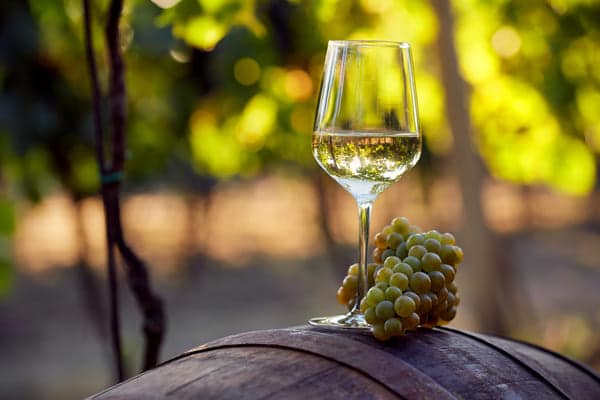
Why is Grgich Hills known for its Chardonnay?
Considering Miljenko ‘Mike’ Grgich, our founder and winemaker emeritus, is known as the “King of Chardonnay,” it should come as no surprise that Chardonnay is one of our most popular varietals! Mike was the winemaker at Chateau Montelena who crafted the 1973 Chardonnay that beat out the best French white wines in the now historic Paris Tasting of 1977.
Then, in 1980, Mike defended that title when he won ‘The Great Chicago Chardonnay Showdown,’ the largest single-varietal wine competition that had ever been held. Two hundred twenty one Chardonnays from around the world were tasted, and the very first vintage of Grgich Hills Chardonnay, 1977, emerged victorious. Since then, Chardonnay has been one of our most well-known wines, and we continue to create it in the style that Mike perfected all those years ago.
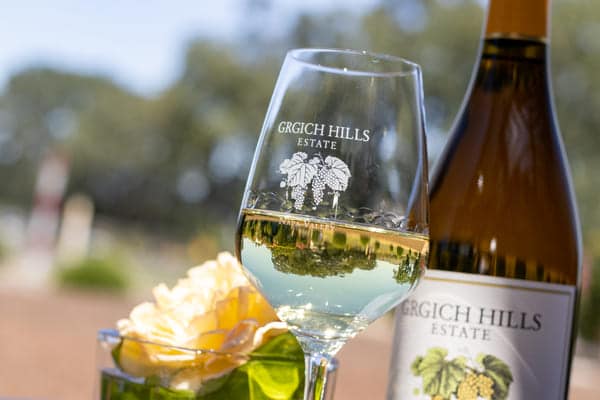
How should you enjoy Chardonnay?
It is our belief at Grgich Hills that there are really no right or wrong ways to drink wine- it all comes down to your own personal preference! You know best what you’ll enjoy the most, and that’s the most important part of wine drinking- even if that means plopping a couple ice cubes in your Chardonnay, we won’t judge. That said, there are some general recommendations we can offer that might enhance your tasting experience with Chardonnay.
Temperature: As a white wine, Chardonnay is best enjoyed while chilled, preferably at a temperature of around 50-60 degrees Fahrenheit.
Age: We discussed the aging of Chardonnays earlier in this article, and why certain styles (oaked Chardonnays in particular) might be more suitable for aging.
Food: When pairing food with Chardonnay, style once again comes into play. Unoaked, non-buttery Chardonnays pair very well with all sorts of light fish and chicken dishes. Those on the more buttery, oaky side of the spectrum do well when enjoyed with creamier, richer dishes, especially those with toasty flavors from grilling or smoking.
What type of Chardonnay does Grgich Hills make?
Grgich Hills currently produces three different styles of Chardonnay:
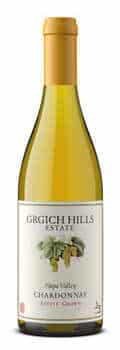
Napa Valley Chardonnay
Our Napa Valley Chardonnay is our second-highest production wine, trailing just behind our Napa Valley Cabernet Sauvignon. It does not go through any malolactic fermentation, preserving its natural fresh acidity and minerality.
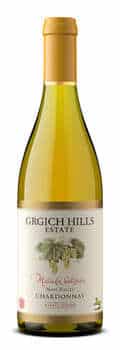
Miljenko’s Selection Chardonnay
Reserved only for wine club members and those who visit the winery, this limited-production wine is perfect for those who aren’t big on the overly buttery, rich Chardonnays that most people have come to associate the varietal with. This one undergoes no malolactic fermentation, preserving the bright, crisp acidity and notes of green apple and citrus that are inherent to Chardonnay. It is also aged on neutral oak, which doesn’t impart the oaky flavor that has become synonymous with Chardonnay.
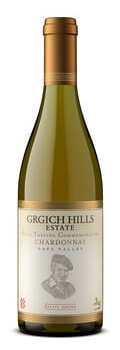
Paris Tasting Commemorative Chardonnay
If you’d like to taste a little bit of history in your wine glass, this is the wine for you. A faithful recreation of the wine crafted by Mike Grgich to win in the Judgement of Paris, this is the only one of our Chardonnays that utilizes malolactic fermentation, though it doesn’t go through the complete process. The end result is a Chardonnay with a perfect balance between acidity and creaminess, with a lovely soft texture and just a hint of oak – befitting the incredible legacy that inspired it.

